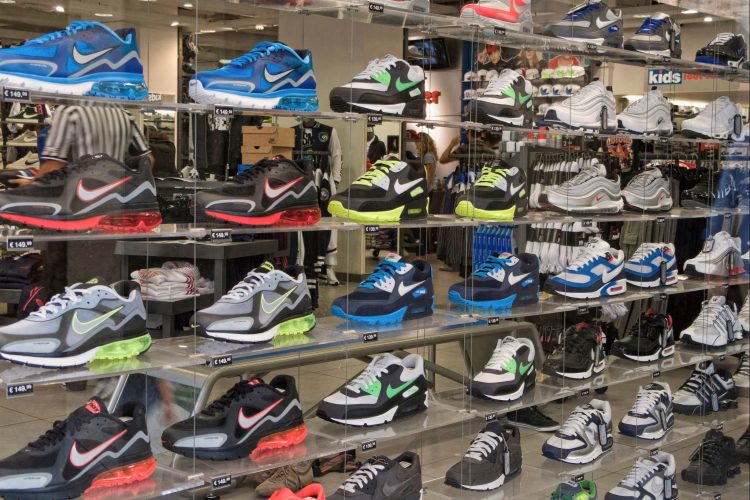Vietnamese shoes are now exported to over one hundred nations, which speaks to their high quality, fashion, and value. If you’re thinking about bringing shoes from Vietnam to your market, you might be wondering: where do I start? Which types will sell well? What should I know about export policies?
This guide on how to import shoes from Vietnam will lead you through the essentials. At the end of it, you will have a solid idea to import shoes successfully and hassle-free.
Overview of Vietnam’s Footwear Export
Vietnam is currently the world’s second-largest shoe exporter, just below China. Over the past year, the country earned close to 23 billion USD from the export of footwear products, an 13.2 % increase year on year. Key products are sports shoes, leather shoes, and synthetic footwear.
The outlook remains positive in 2025 and Vietnam’s shoe export is expected to surpass 27 billion. The CAGR is projected at approximately 5.58% from 2024 to 2028.
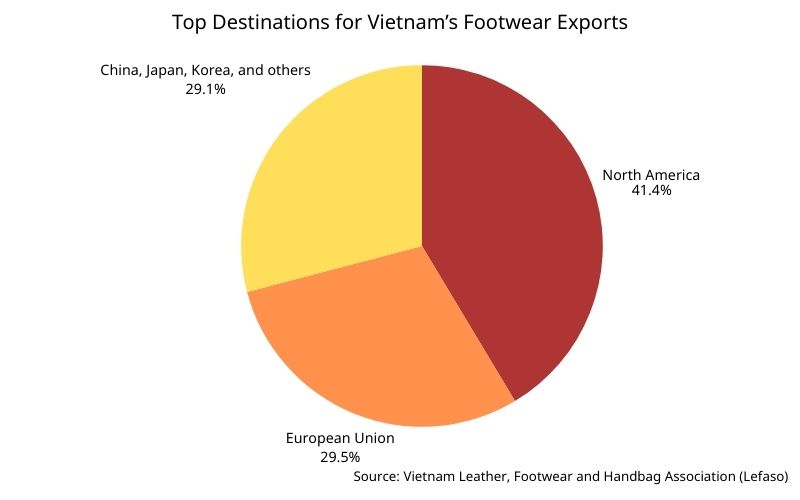
Regionally, North America alone buys over 40% of all the Vietnam shoe exports. The United States accounts for the largest share in this region, followed by Canada and Mexico. Some of the other major markets include Japan, Korea, France, Spain, and Italy. Large brands like Nike and Adidas already consider Vietnam to be a principal production center. Nike, for example, manufactures nearly half of its sports shoes there.
Why Should You Import Shoes From Vietnam?
As you can see, Vietnamese footwear exports are thriving, alongside rising sourcing demand from international brands. So, what are the benefits of sourcing footwear from Vietnam? Here are the key reasons:
- Local manufacturers have many years of cooperation with international brands, so they know how to deliver different designs and meet strict quality standards. Vietnamese factories often hold certifications like ISO 9001, BSCI, and comply with chemical safety standards under REACH for the EU, ensuring acceptable durability, stitching and finish.
- Lower production costs make Vietnamese shoes more affordable without sacrificing quality, which means better margins for importers and retailers. Particularly speaking, labor costs in Vietnam average $3/hour, nearly 50% lower than China’s $6.50/hour. Meanwhile, Indonesia has similar wages but less efficient supply chains.
- Free trade agreements like the EVFTA and the CPTPP allows Vietnamese footwear to enjoy reduced import tariffs. In some markets, such as Canada and the European Union, tariffs have already been reduced to 0%. In others like Japan, duties are gradually lowered under CPTPP and will be fully eliminated for most footwear categories within a few years.
Popular Types of Shoes Exported from Vietnam
If you have not yet decided which type of footwear to source from Vietnam, the following ìnformation will help clarify your options. From there, you can choose the product that best fits your niche.
1. Sports Shoes / Sneakers
Sports shoes such as tennis shoes, basketball shoes, and training shoes are among Vietnam’s top export products. Recent figures indicate that this category alone contributes around 5.5 billion USD. Fabric sports shoes account for the largest share, followed by rubber and plastic, and then leather shoes.
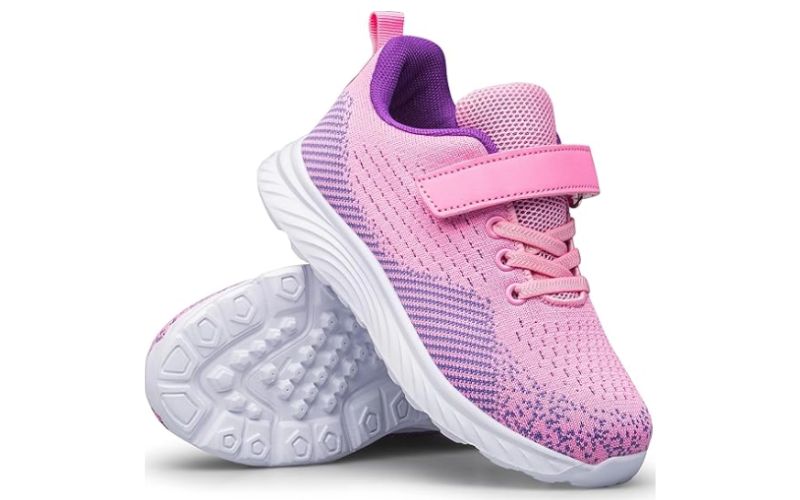
The United States, Japan, and Korea are the main markets. Companies such as Chang Shin Inc., TKG Taekwang Co., and Skechers already source from Vietnam.
2. Leather shoes
Vietnam also exports a wide variety of leather shoes. Dress shoes, from oxfords to slip-ons, are valued for their simple and timeless look. Boots, whether ankle, tall, or office styles, are made with careful stitching and workmanship.
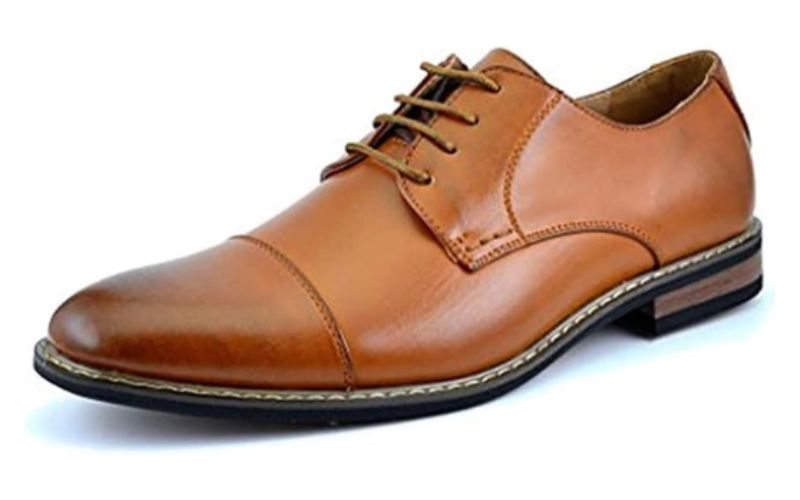
These products are in high demand in markets like the United States and across the EU, especially Belgium, Germany, and the Netherlands. Famous brands like Reebok, Puma, and HOKA have placed large annual orders for Vietnamese-made leather shoes for years.
3. Sandals and Flip-Flops
Sandals are another strong category. Vietnam exports more than 3.7 million USD worth of sandals every year, made from synthetic leather, nylon, or natural rubber. They are known for being slip-resistant and comfortable. The United States, Korea, and brands like Crocs and Under Armour are frequent buyers.
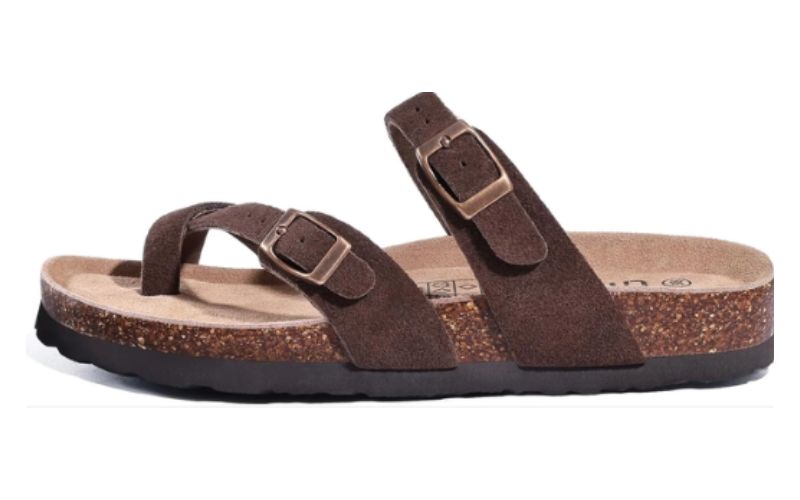
Flip-flops and slippers are also in steady demand. They are valued for neat stitching and soft comfort, often using EVA foam for the midsole and memory foam for the insole. In addition to the United States, Chile and Taiwan are also major importers. You can easily find “Made in Vietnam” flip-flops on retail platforms like Walmart and Decathlon.
4. Fashion Footwear (OEM/ODM)
For buyers looking for something more unique, Vietnam is also strong in fashion footwear. This category includes a wide range of trendy styles such as heels, ballet flats, wedges, and espadrilles. The thing about this line is their designs are customizable and buyers can launch private labels under their own brand, often with flexible MOQs.
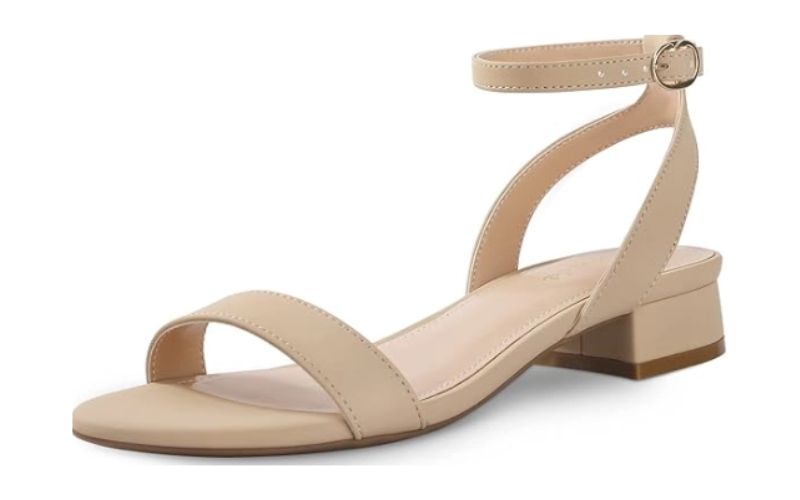
Fashion brands such as M&S, Asos, and New Balance already source their footwear lines from Vietnam. Brands like Aldo, Next, and Dr. Martens also work with small and medium‑scale factories there.
Vietnam Shoes Export: Average MOQ and Lead Time
Minimum order quantity (MOQ) and lead time in Vietnam depend on the style of shoe, material, and customization. Sport shoes, for example, will have larger MOQs due to their complex designs and use of multiple materials. Production takes around 60 days for new buyers, but repeat orders are quicker.
Below is a short comparison table that we have made to give you a better idea:
| # | Category | Typical MOQ | Avg. Lead Time |
| 1 | Sports Shoes | 500 to 100,000 pairs | 60 days |
| 2 | Leather Shoes | 100 to 1,000 pairs | ~ 30 days |
| 3 | Sandals | Around 500 pairs | 15 to 40 days |
| 4 | Flip-Flops | 200 pairs or more | 20 – 30 |
| 5 | Bespoke Designs | Often 1,000 pairs | 60 days or longer |
How to Source Shoes from Vietnam: A Step-by-Step Guide
That’s what you can expect from the Vietnamese market. Now, let’s go through these easy steps to import shoes from Vietnam:
Step 1: Be Clear About What You Need
It is important to note that sourcing shoes from Vietnam may involve longer lead times and more back-and-forth during sample development. If you have done shoe sourcing before, this is not much of a deal. However, for first-time importers, this is not much of a deal. However, for first-time importers, it may take more time to communicate requirements clearly and ensure your supplier understands export-grade specifications.
Jot down the essentials first:
- What shoe style and price range do you want?
- Which materials and colors for upper, sole, and lining?
- What size range and sizing system (US/EU/UK)?
- Any packaging or labeling needs?
- Do you need certificates like BSCI, WRAP, or REACH?
A great framework to start with is a product requirement sheet. This helps with needs assessment for B2B buyers. It includes basic design specs, materials, sizes, packaging, and compliance expectations so that factories can review and confirm for further steps.
Step 2: Search for Your Potential Suppliers
With this understanding of what you actually need, it is now time to look for suppliers. In Vietnam, most buyers do this in two ways:
- Online websites. This method means browsing B2B platforms or supplier directories. The pros are speed, convenience, and variety. The cons are unclear factory credentials, slow replies, and risks with MOQ or sample quality.
- Trade fairs. This requires travelling time and accommodation costs, but seeing the shoes in person and chatting with manufacturers directly is always a big help. The advantage is you can check product quality on the spot and build trust. The biggest trade fairs are Shoes & Leather Vietnam and VFM Expo.
Below are some common platforms for browsing and finding shoes manufacturers from Vietnam:
- Alibaba (broad listings but mixed supplier quality)
- VinaSources (Vietnam-focused sourcing support, good for matchmaking)
- VietnamExport.com (local focus but fewer verified reviews)
- Globalsources (more curated, but higher MOQs in general)
- ValoVietnam (export-ready Vietnamese shoe factories)
- SourceReady (verified footwear suppliers by product type)
It’s best not to reach out immediately, but instead, recommend have a list of 8 to 10 potential factories based on your criteria and product type. From there, you can sift and cross-check them with your needs in the first step. Ideally, 3 or 5 strong matches is enough to contact.
Tips: From our own experience, Vietnamese suppliers rarely use email for normal communication. They keep email for contracts or official confirmations. For instant messages, sending pictures, or sharing updates, they would rather use Zalo (like WhatsApp). Setting it up streamlines communication.
Step 3: Obtain Quotes and Observe What Fits
Send your specs in detail and don’t forget to ask how long the quote remains valid because material costs fluctuate rapidly. Get all the quotes into one place so you can see them side by side in an instant. A good quote should include:
- Shoes specifications
- Minimum quantity order for each color and size
- Unit price and total price
- Production lead time
- Shipping method, shipping charges, and any other extra costs
When looking at quotes, don’t just pick the cheapest. Look for suppliers who are willing to negotiate minimum quantity orders for first-time buyers or even offer discounts. Once you’ve spotted one or two that feel like a good fit, you’re ready to move on to the next step.
Step 4: Agree on Terms and Seal the Deal
This is an extremely important step since it protects you once production is underway. Few suppliers will provide a very detailed contract unless asked. Aside from the final cost, take a close look at:
- Payment terms (deposit due, balance payment, acceptable method)
- Trade terms (i.e., FOB, CIF, or DDP)
- Penalties in the event of delay in delivery or if the shoes are not of the agreed quality
Step 5: Keep an Eye on Production
Vietnamese factories are known for good quality, but it is still helpful to monitor your orders along the way. One sneaky trick is to ask for a pre-production sample so you can check the longevity and crucial details before mass production. During production, you can also get speedy updates, like photos or short videos.
Since it’s hard to oversee everything from abroad, many buyers work with a local quality control team or hire a third-party inspection service. They can do the final check before the shoes leave the factory, giving you peace of mind that the order meets your standards.
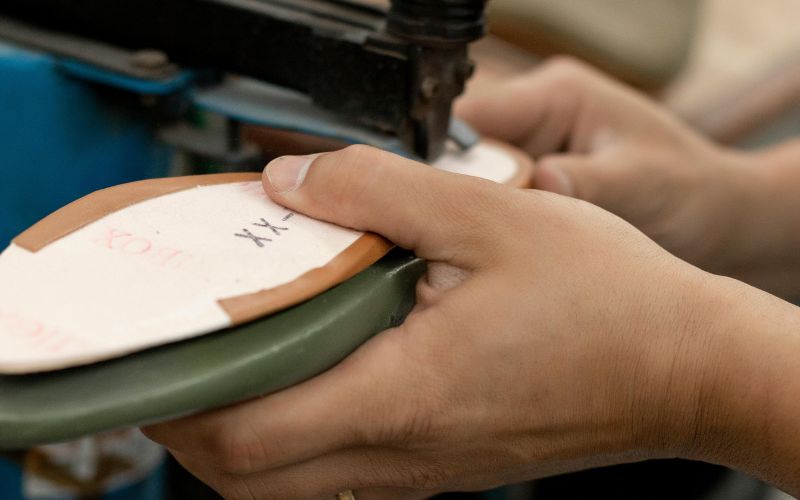
Step 6: Arrange Shipping and Get Ready for Customs
When the shipping terms are arranged, it simply shows whether the supplier or you cover certain costs and steps, from booking a ship or plane to moving the goods inland. The second point is having your paperwork done before the shipment leaves. The main ones are:
- Commercial Invoice, Packing List, Certificate of Origin, and Bill of Lading
- Import License (if your government demands it)
- Further certificates, if required, like REACH for the EU, CPSIA for the US
Key Challenges When Importing Shoes From Vietnam and How to Avoid Them
In addition to knowing how to import shoes from Vietnam, it’s also essential to understand the main problems and how to deal with them.
- Manage costs and pricing. Keep an eye on seasonal freight rates, changing tariff duties, and hidden expenses like compliance tests and special packaging. Remember that currency exchange rates can also affect your total cost.
- Verify proper packaging. Protect your shoes in transit using acid-free tissue paper, non-woven bags, and individually sized ISTA-compliant cartons. Label each package clearly with what your target market requires, for example, CE marking for Europe or CPSIA information for the US.
- Agree on payment terms. Most suppliers request a deposit, usually 30% before production, with the balance paid before shipment. Choose a secure method that works for both parties, such as a bank transfer, letter of credit, or an escrow service.
- Establish good communication. Determine how you will communicate with the supplier at the onset to avoid future confusion. Although contracts are usually handled via email, brief daily updates or casual questions are often done through Zalo.
VinaSources: Leading B2B Platform For Sourcing Vietnamese Shoes
The above challenges can make it tough for buyers to handle everything independently. Plus, it’s not always simple to find a reliable shoe supplier in Vietnam. Buyers primarily rely on word of mouth, which does not always guarantee quality. Many of the leading manufacturers don’t even have an internet presence, and there are few large B2B sites, such as Alibaba, where you can check profiles. It’s easy to be unsure about who to trust.
And that’s where VinaSources comes in. We connect you with verified Vietnamese shoe factories and provide you with end-to-end support, from sourcing to quality control, logistics to compliance. In addition, we specialize in various types of export-grade shoes. Be it casual sneakers or formal leather shoes, our shoe catalogue have it all.
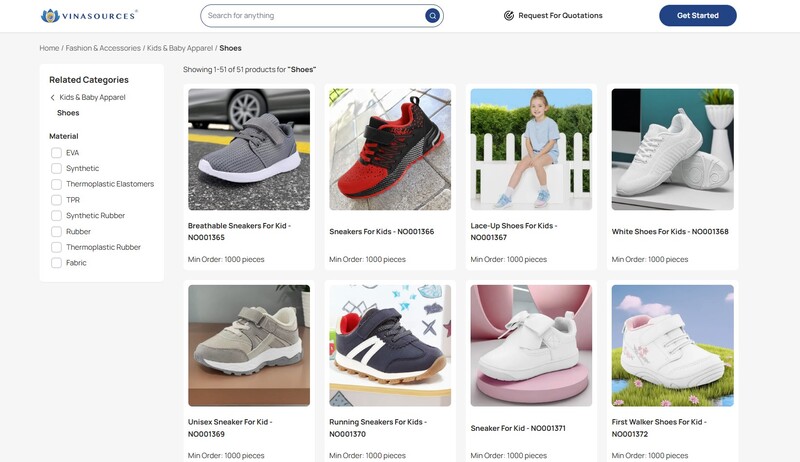
Here’s how importing shoes from VinaSources look like:
- Browse our products or simply tell us your ask, e.g., shoe type, quantity, target price, and any other details.
- We collect quotations from multiple genuine suppliers and present you with the top options.
- We arrange the entire export process for you, including quality inspection, shipping, documentation, tracking, and warehousing if necessary.
Submit your RFQ and receive multiple verified quotes today!
